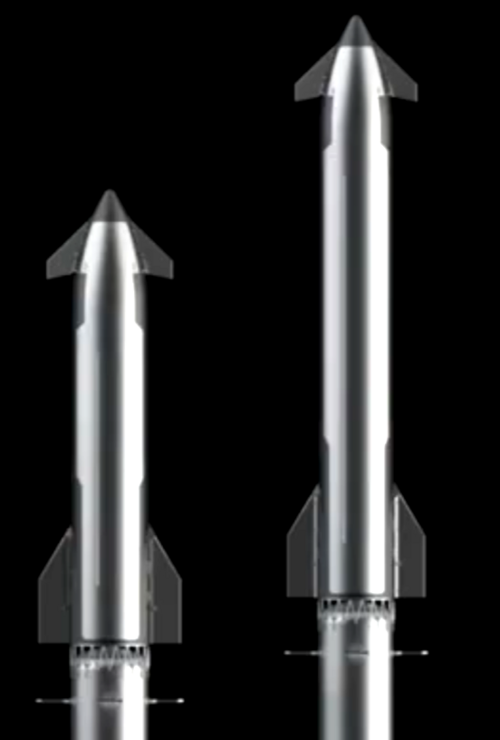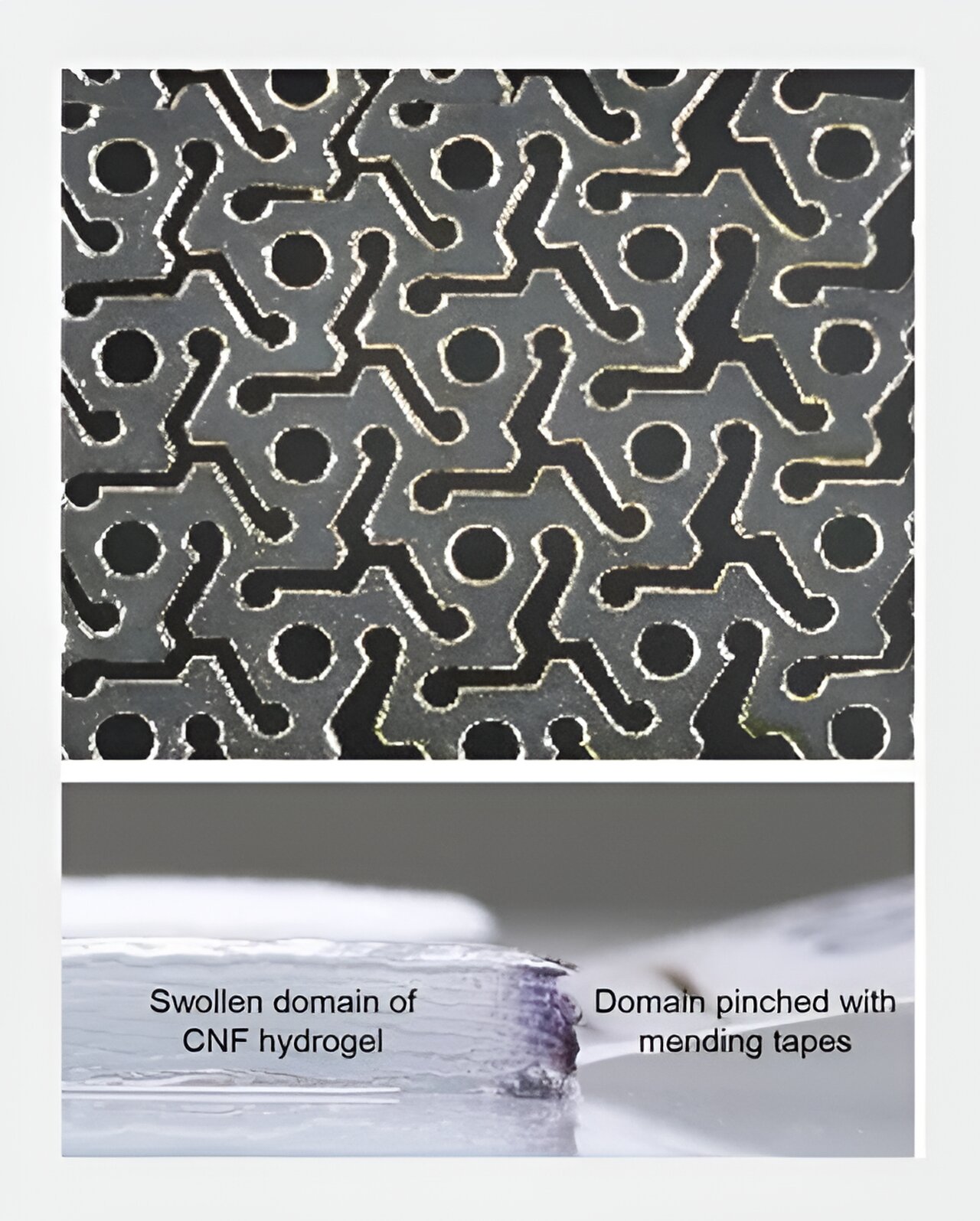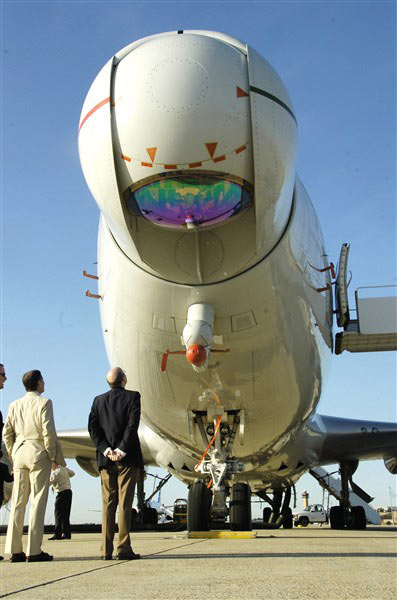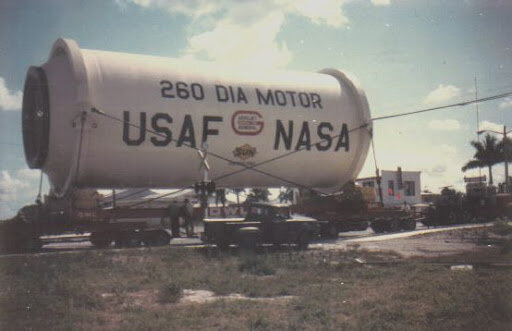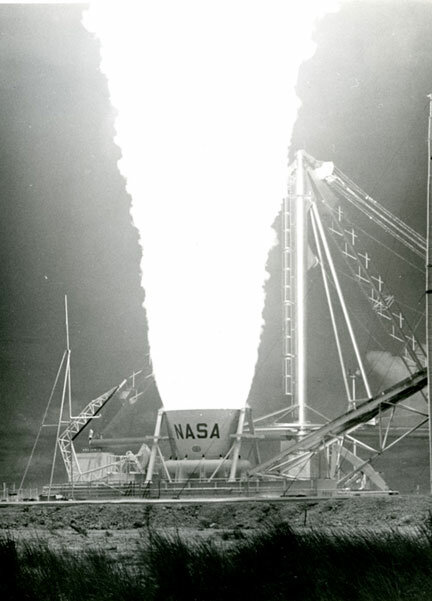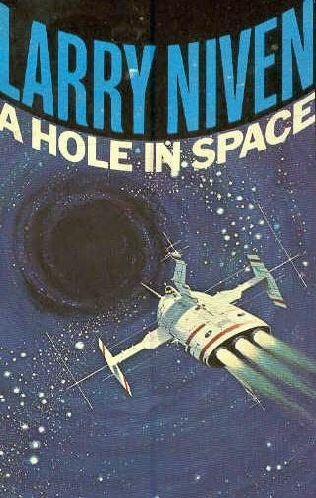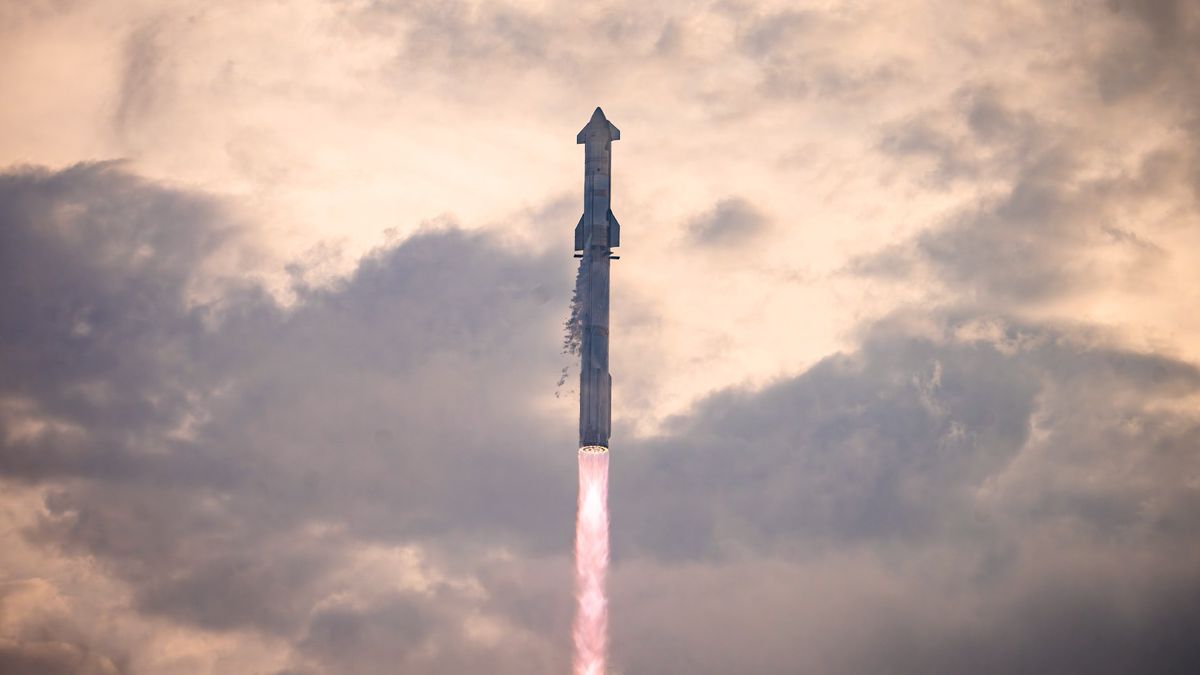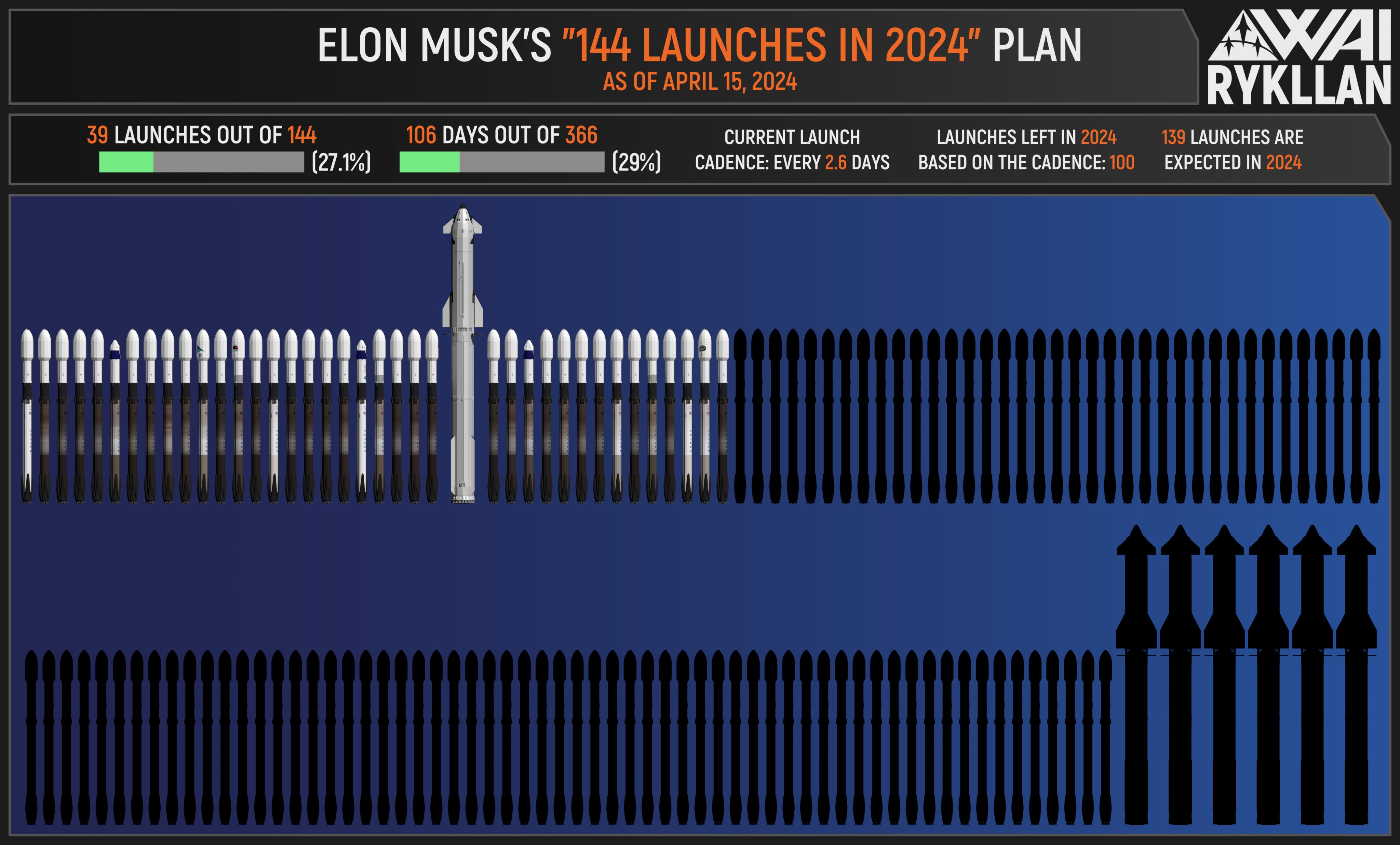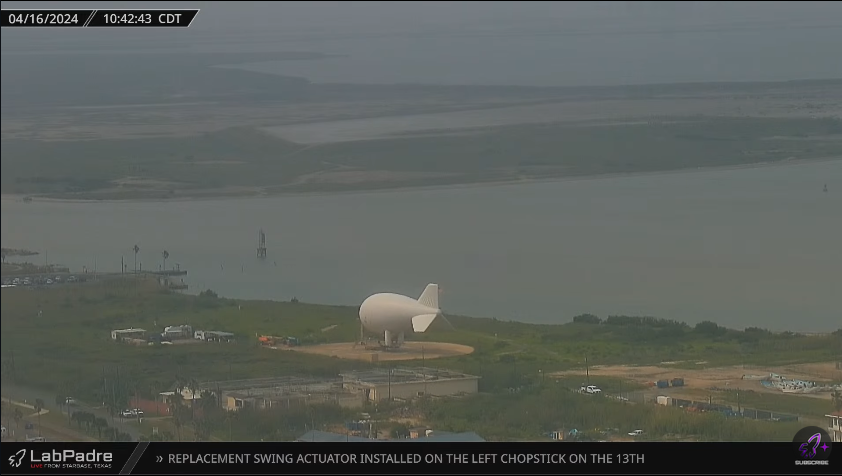- Joined
- 13 August 2007
- Messages
- 7,154
- Reaction score
- 6,532
That present flights (theoretical) payload to orbit is a mere 40 to 50 mt to orbit.
I think a good part of the performance drop comes from higher S2 gravity losses
The mass of Starship is 1330 tons (1200t prop + 130t empty) Vs thrust of 1250 tons.
The 3 sea level Raptors are inefficiency in vacuum.
Raptor 3 provide higher trust what compensated the gravity losses.

